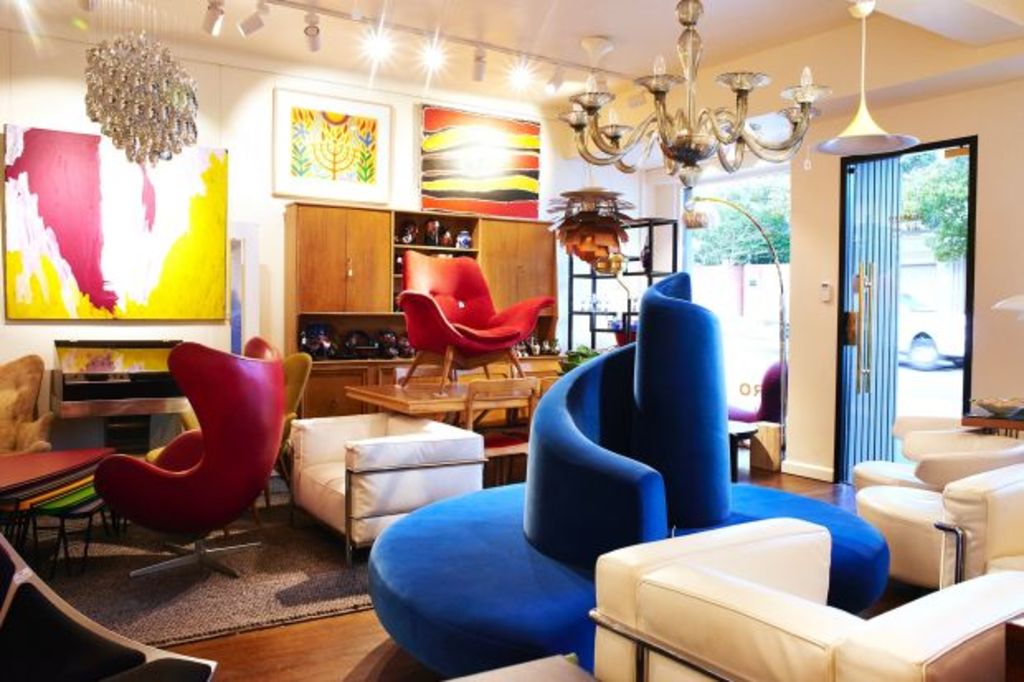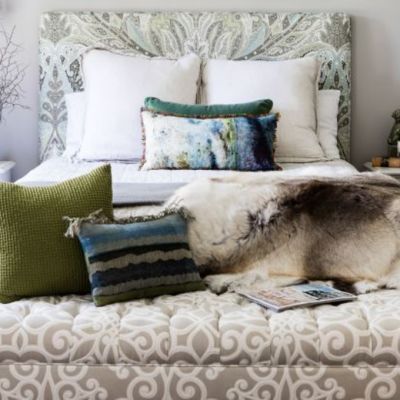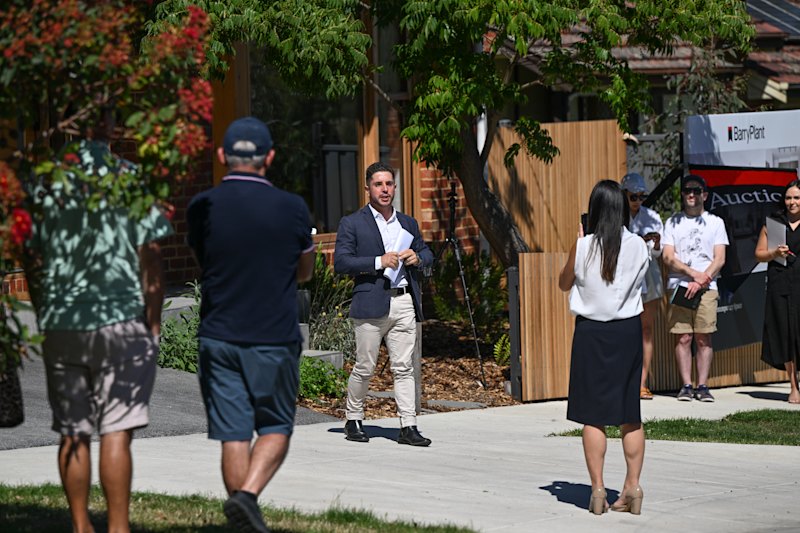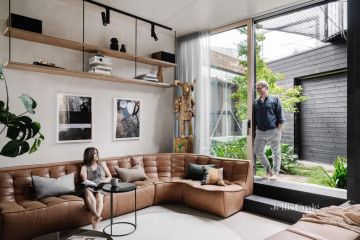When oldies aren’t goodies: Did IKEA kill the antiques industry?

Normal
0
false
false
false
EN-AU
JA
X-NONE
/* Style Definitions */
table.MsoNormalTable
{mso-style-name:”Table Normal”;
mso-tstyle-rowband-size:0;
mso-tstyle-colband-size:0;
mso-style-noshow:yes;
mso-style-priority:99;
mso-style-parent:””;
mso-padding-alt:0cm 5.4pt 0cm 5.4pt;
mso-para-margin-top:0cm;
mso-para-margin-right:0cm;
mso-para-margin-bottom:10.0pt;
mso-para-margin-left:0cm;
mso-pagination:widow-orphan;
font-size:12.0pt;
font-family:Cambria;
mso-ascii-font-family:Cambria;
mso-ascii-theme-font:minor-latin;
mso-hansi-font-family:Cambria;
mso-hansi-theme-font:minor-latin;
mso-ansi-language:EN-US;}
Your grandmother had it, your mum inherited it, and now it’s yours. If “it” is a stunning Georgian ring or beautiful Ming vase, you’d be chuffed to receive such a unique family heirloom. But if it’s an ornate Victorian armoire you’d likely baulk – how on earth are you going to fit that imposing piece into your compact modern apartment?
You’re not alone. For the past decade, the market for antiques has been fading, as renowned dealers shut up shop and markets close their doors. In its heyday, the 1980s and early ’90s, the industry had an estimated turnover of $100 million a year, reported The Age in 2004. But a decline in values over the years has seen the market turn away, especially from early historical periods.
In a defining moment one of Australia’s biggest antiques trading centre, the Sydney Antiques Centre, ceased trading in June 2014. And the AFR recently cited UK publication Antiques Trade Gazette’s report that while there was a stabilising of prices for late mahogany and walnut, early Victorian, Regency and early mahogany all recorded dips.
“Brown furniture across the world is out of fashion,” says Andrew Shapiro, of Shapiro Auctioneers, which pioneered the sale of 20th-century design classics. Shapiro says his last big auction of 18th to 19th century furniture in Australia was a lifelong collection of traditional furniture and paintings by K.R. Bernard-Smith, the heir to ACG. “That was in 2004, 13 years ago.”
Antiques have been soft for a while, Shapiro says, affected “to a certain extent by property development. All those apartments, those little white boxes, are not going to accommodate antique furniture.”
There’s another hurdle: today’s generation just doesn’t buy into the notion of furniture that lasts forever. “The family heirloom concept doesn’t exist anymore. The next generation doesn’t want what their parents collected,” says Shapiro.

Louis XVI Style Ormolu-Mounted Bureau à Cylindre Late 19th Century. Photo: Shapiro Auctioneers and Gallery
In a trends-obssessed, fast-paced lifestyle, everything is cheap and disposable, even furniture. But flat-packs do serve their purpose, Shapiro says. That Billy bookcase – typical sidewalk fodder when the rental lease runs out – is functional, affordable and easily replaceable. But, as Shapiro also points out, throw in only $500 more and you could get a lasting vintage piece.
Except, with a lack of formal education and zero appreciation for what imbues a piece with intrinsic beauty and value, people just aren’t sure what to collect anymore.

Barcelona Chair and Ottoman designed 1929. Photo: Shapiro Auctioneers and Gallery
“Australians generally are not interiors-oriented; it’s an outdoor society, especially NSW. Sydney is all clear-glass walls, not oriented to traditional furniture,” says Shapiro. “Melbourne was more sophisticated because it had the wealth of the 19th century.”
“We’re not teaching people the pleasures in collecting, the pleasures of living with good design.”
“You’re running parallel to an age where you press buttons on your phone and mail; it’s all digital,” says Melbourne antiques dealer Graham Geddes. “A lot of the classical appreciation has fallen by the wayside. If you’re looking at a bronze, you should know whether it’s a representation of Hercules or Antilochus. That’s all gone. Very few people have that knowledge.”

Neo-gothic bookcase. Photo: Graham Geddes Antiques
Geddes’ business is celebrating its 50th anniversary this year and he refutes the notion that the antiques business is declining. All it boils down to is finding dealers “with integrity” who know their stuff – and buyers who are confident about what to pick from the different antique genres; and how to make them fit a contemporary decor scheme.
His clients seek Louis XIV up to French Directoire styles, he says. “Napoleonic furniture – it’s interesting, it’s dynamic; it relates to other texts and styles. Good Georgian furniture is in demand. Victorian – no one wants it.”
For Shapiro, the magic era is mid-century. “Mid-century is popular because there’s a nostalgia factor for the good lifestyles of the ’50s and ’60s. It was a pure lifestyle and, at the same time, it was also comfortable.
“Mid-century is the new antiques.”
We recommend
We thought you might like
States
Capital Cities
Capital Cities - Rentals
Popular Areas
Allhomes
More









